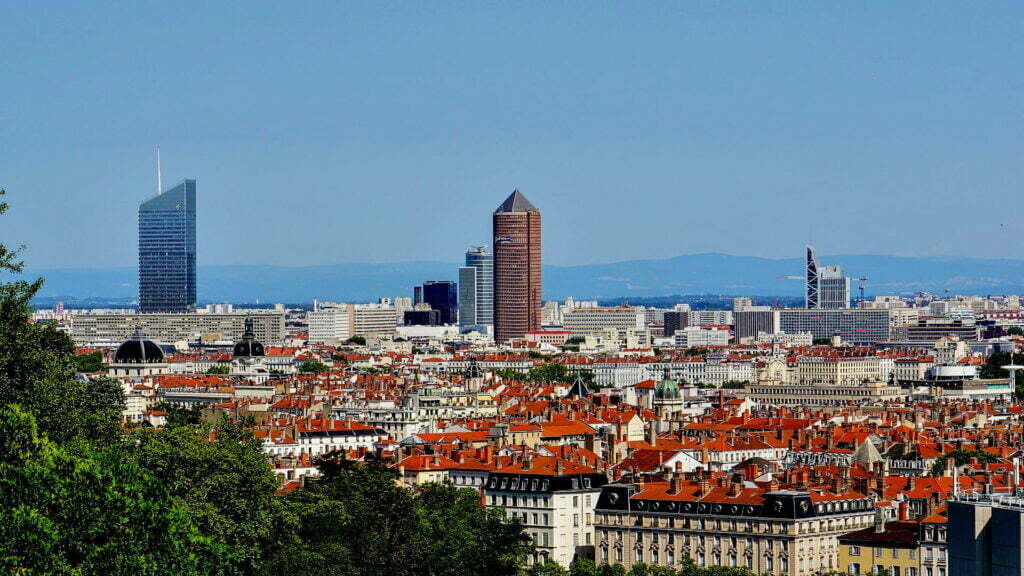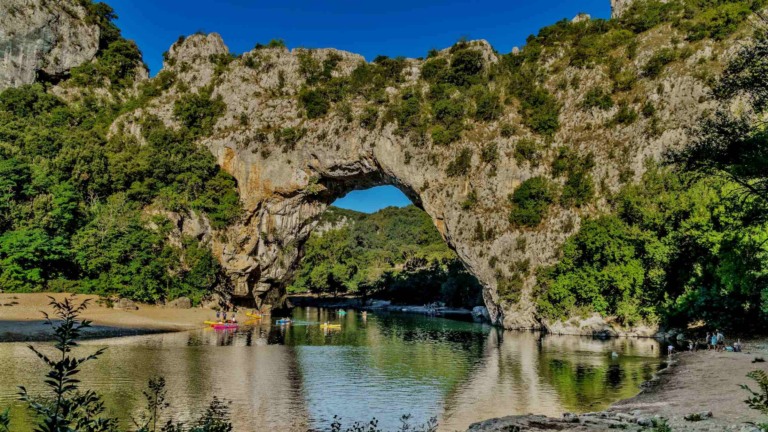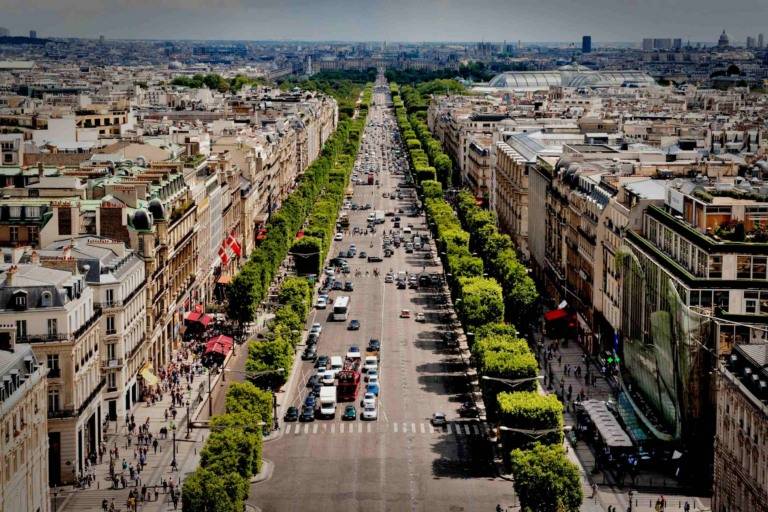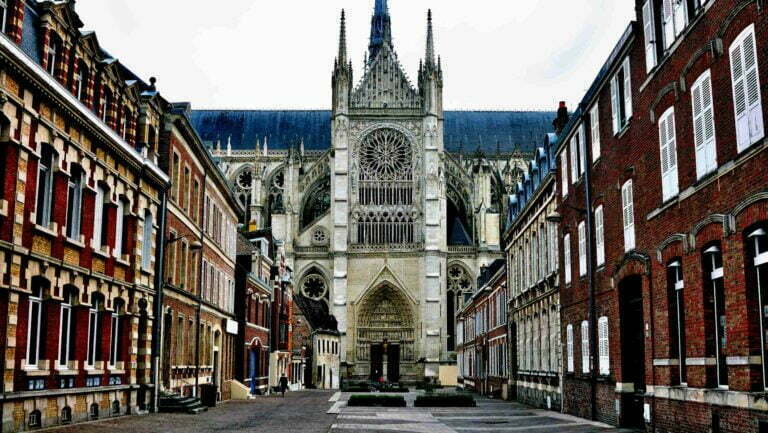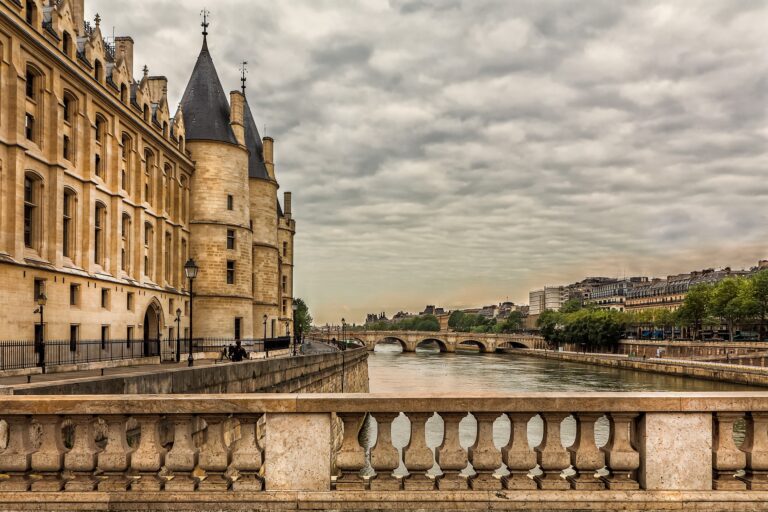The Historic Site of Lyon, also spelled Lyons, and commonly referred to as Lyon, is located in the Auvergne-Rhône-Alpes region of France and was a UNESCO World Heritage Site from 1998 onwards.
Where is Lyon in France
Lyons is the capital of the Rhône département and the Auvergne-Rhône-Alpes region in east-central France. It is located at the confluence of the Rhône and Saône rivers on high terrain. After Paris and Marseille, it is France’s third biggest city. Lyon is dominated by two hills, Fourvière to the west and Croix-Rousse to the east, which overshadow the city.
Lyon has a long history as the capital of the Three Gauls. Having been created by the Romans in the first century B.C. and continuing to play an important part in Europe’s political, cultural, and economic growth ever since. Its urban fabric and numerous excellent historic structures from various periods eloquently demonstrate this.
Lyon France History
Lyon has a long history as the capital of the Three Gauls. Having been created by the Romans in the first century B.C. and continuing to play an important part in Europe’s political, cultural, and economic growth ever since. Its urban fabric and numerous excellent historic structures from various periods eloquently demonstrate this.
Lugdunum, a Roman military colony, was built there in 43 BCE, and it later became the Gauls’ capital. In the second century CE, Lyon achieved its pinnacle of classical civilization, during which time Christianity was introduced. The Roman emperor Marcus Aurelius harassed the Christian community in 177, while Lucius Septimius Severus destroyed Lyon in 197.
City of Lyon became part of the Holy Roman Empire in 1032. But it was the city’s archbishops who had real authority, causing crucial ecumenical councils to be convened there in 1245 and 1274. Lyon was acquired by the French crown in 1312. The Renaissance marked the beginning of a period marked by economic affluence and intellectual genius.
Lyon France Facts
Lyon flourished after the institution of trade fairs in 1464, as well as the entry of Italian merchant bankers into the city. It was Europe’s silk production powerhouse by the 17th century. Lyon was one of the first cities in Europe to begin printing in 1473, and it quickly became one of the most active printing centres in Europe.
The French Revolution ushered in a period of unrest. The silk industry suffered a depression due to the failure of the home market and the closure of international markets, and the city was besieged by Montagnard republican troops in 1793. Prosperity was restored in the nineteenth century, resulting in significant industrial growth. After a period of stagnation and depression from 1920 until the conclusion of World War II, urban growth finally began in the 1950s.
Lyon is located on the opposing banks of the Rhône and Saône rivers, on a short peninsula. The city is encircled by a zone of industrial and residential suburbs. Vieux Lyon (Old Lyon), on the right bank of the Saône, is one of the greatest Renaissance architectural complexes still standing.
What is Lyon France known for
The peninsula has become the commercial district’s focal point. The east bank of the Rhône is separated into two districts: the Brotteaux, an affluent region, and a district with factories and workers’ cottages that extends east into the bordering municipalities of Villeurbanne and Bron. Feyzin and Saint-Fons, to the south, along the Rhône, form one of France’s major oil-refining complexes.
The city’s economy is becoming increasingly more diverse. The textile sector is dominated by rayon and silk manufacturing, although chemical production has emerged as a major player, originally associated with textile treatment. The production of dyes, synthetic fibres, and oil products gave it a new lease of life.
A wide range of processes are used in the major metallurgical sector. This includes everything from foundries to mechanical, electrical, and electronic equipment buildings. Construction, food, and printing are all thriving industries. Lyon is the most prominent educational city outside of Paris and is home to a university. The wealth of the local museums reflects the city’s cultural vitality.
